When shopping for a chair, it helps to be able to narrow down the styles you like. To arm you with the knowledge you need, we created this illustrated guide of key designs—breaking down the basic characteristics, the comfort factor, and a bit of history for each. Don’t know your bergère from your porter’s chair? You will now!
Bergère

KEY FEATURES: A better marriage of beauty and comfort is hard to find. The bergère’s graceful curves, upholstered back and armrests, and exposed wood frame (often finely carved, painted, or gilded) are pure Gallic elegance, while its deep, wide seat makes it perfect for lounging. This style typically features a loose seat cushion, which keeps it from feeling overly formal.
FUN FACT: Though its French moniker translates to “shepherdess chair,” the bergère’s origins are anything but humble. Introduced during the Régence period in France, the bergère appeared in some of the country’s finest rooms—including those of the legendary Madame de Pompadour.
Club Chair
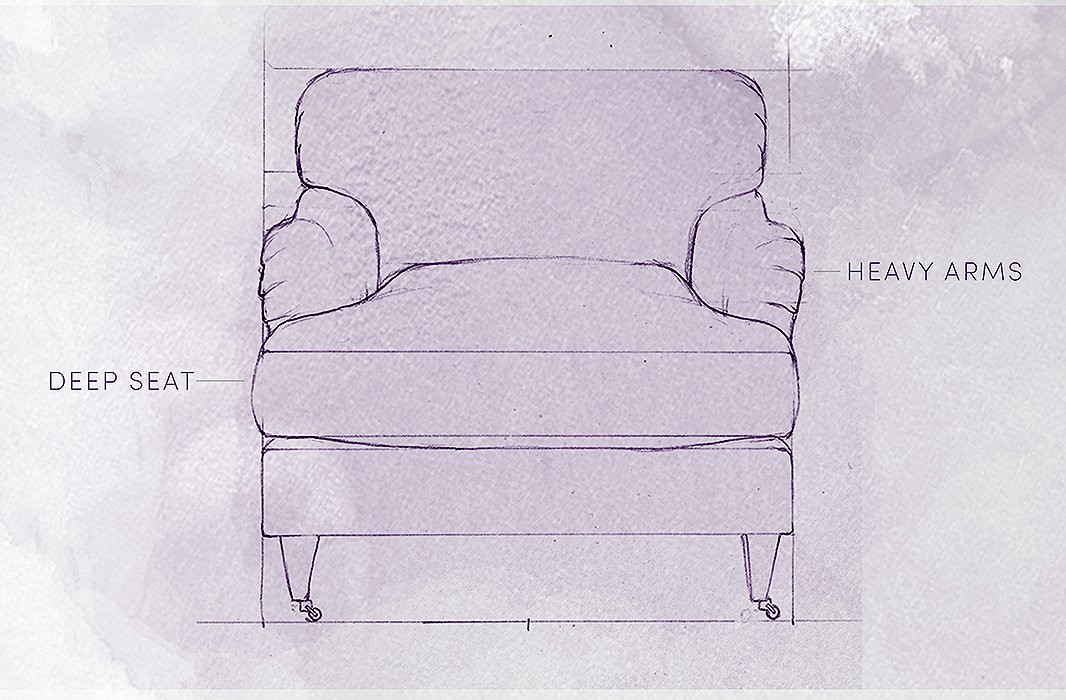
KEY FEATURES: Roomy and plush, with substantial arms and a deep seat, the club chair is most likely to be described as “just right.” Silhouettes and sizes vary widely, so you’re sure to find one to suit just about any spot.
FUN FACT: While this chair’s name (and often, its look—think nail-head trim and leather upholstery) conjures swank gentleman’s clubs of yore, it in fact derives from the French fauteuil confortable, or “comfy chair.”
Chair-and-a-Half
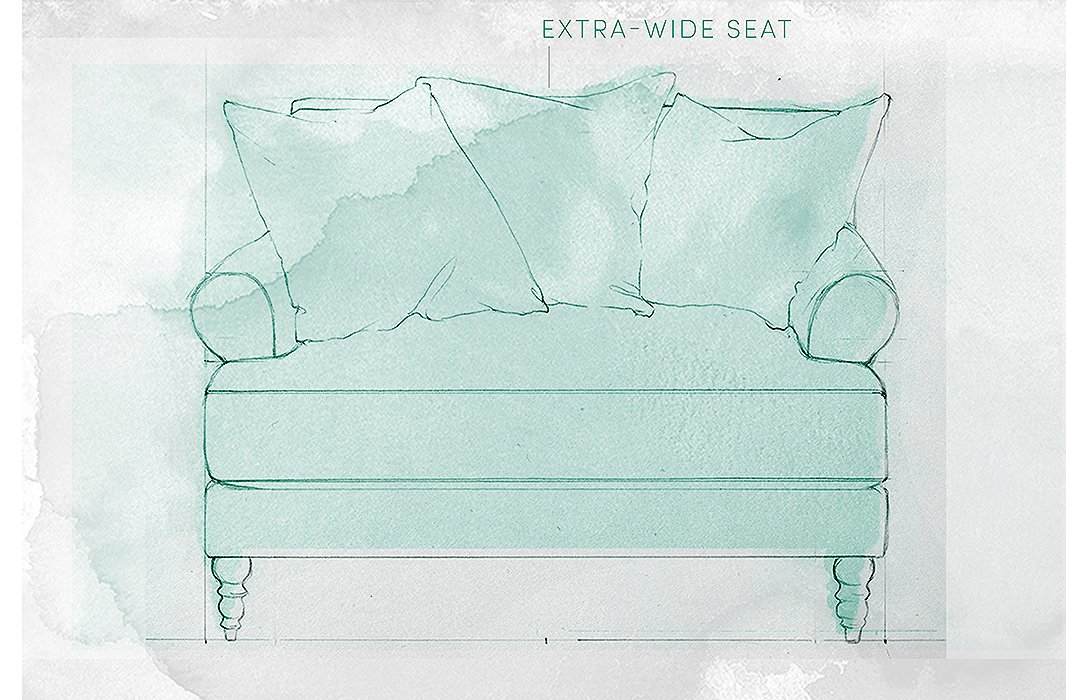
KEY FEATURES: As its name indicates, the chair-and-a-half falls somewhere between an armchair and a settee. No matter the style, this piece’s extra-wide frame allows for maximum coziness.
FUN FACT: While you’d need a good deal of space to place of pair of these in a living room, this style is ideal as the anchor of a solo lounge spot. Place one in the master bedroom to create a relaxing place to surf the web on your tablet, or add it to a study or a library for evening reading sessions. These chairs also make lovely additions to kids’ spaces and nurseries, offering just the right amount of room for snugging up with a little one.
Corner Chair

KEY FEATURES: The corner chair’s name refers not to its purpose but its shape. Featuring a square or rectangular seat, the corner chair has an upright back on two adjacent sides—meaning when seated, one’s legs straddle a corner of the base. Made for perching rather than lounging, these pieces are handy for cocktail parties: Style a pair against the wall flanking a console or a fireplace, then pull them out into the room to help seat extra guests.
FUN FACT: By some accounts, the corner chair was designed to accommodate a man wearing a sword. If the chair itself isn’t enough of a conversation starter, that ought to be!
Porter’s Chair

KEY FEATURES: Think of the porter’s chair as a wingback plus. Instead of wings, a full balloonlike canopy arches up from the sides and back, giving the chair a cozy, enveloping feel. A true statement-maker in any space, this style is often best in a corner or against a wall so as not to block sight lines. As well as an upholstered seat, it typically features upholstered arms and sides, though some boast full or partial caning.
FUN FACT: The porter’s chair may look whimsical, but its dramatic shape is rooted in pure practicality. Fixtures of medieval English and French manor homes, these chairs were designed for household porters—servants in charge of screening and attending to visitors—who often spent long hours stationed in chilly entrance halls. The canopy protected the chair’s occupant from drafts (and must have made a grand first impression).
Roll-Arm Chair
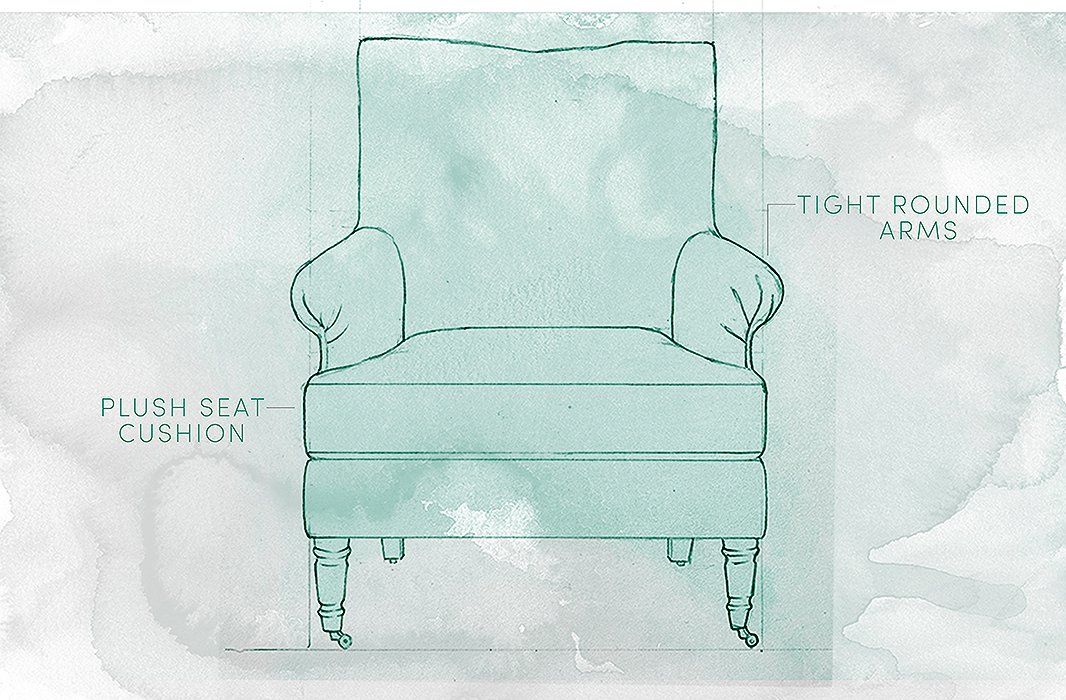
KEY FEATURES: Like its relative the roll-arm sofa, this style features compact, curved arms that are padded for comfort, a plump seat cushion, and often, short turned legs on casters.
FUN FACT: This style may be the ultimate decor chameleon. Pair it with a nubby throw and a plaid pillow and it’s pure English country charm. Team it with a sleek brass coffee table and a modernist lamp and it projects full-on glamour.
Slipper Chair
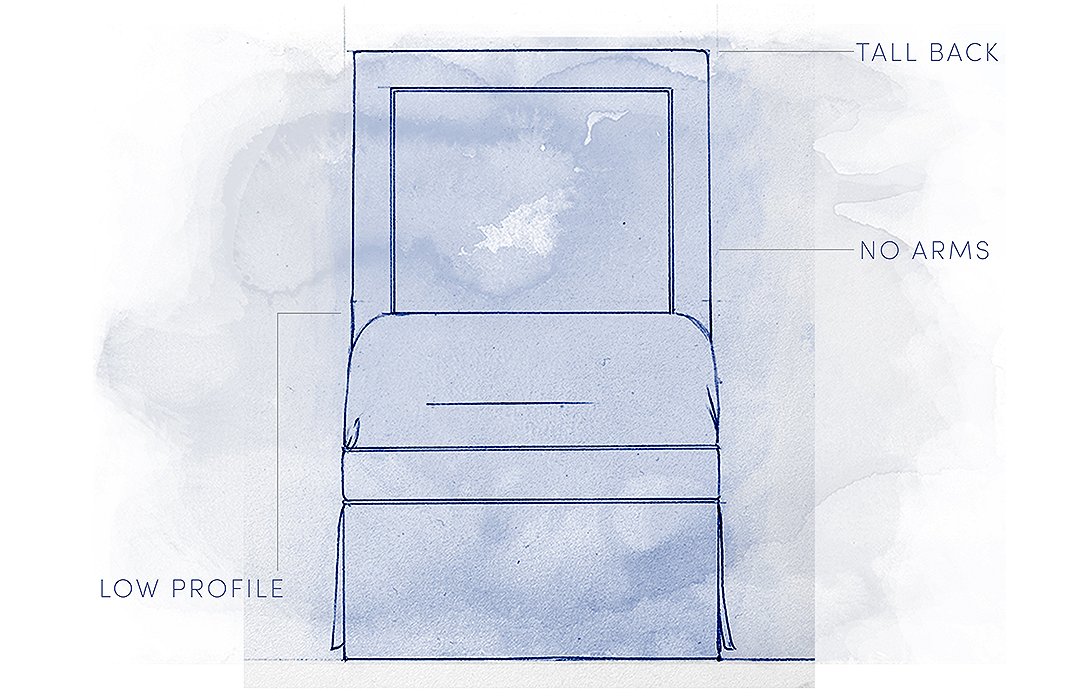
KEY FEATURES: What the slipper chair lacks in size it makes up for in sophistication. Featuring a clean-lined, armless silhouette and a lower-than-average seat, this slender perch dates to the early 18th century, when it enabled women clad in tight corsets and layers of petticoats to more easily put on and remove shoes and stockings.
FUN FACT: Today the slipper chair has moved out of the boudoir and into the rest of the home—thanks in large part to legendary 20th-century decorator Billy Baldwin, whose brilliantly reimagined version has become a modern classic.
Wingback Chair
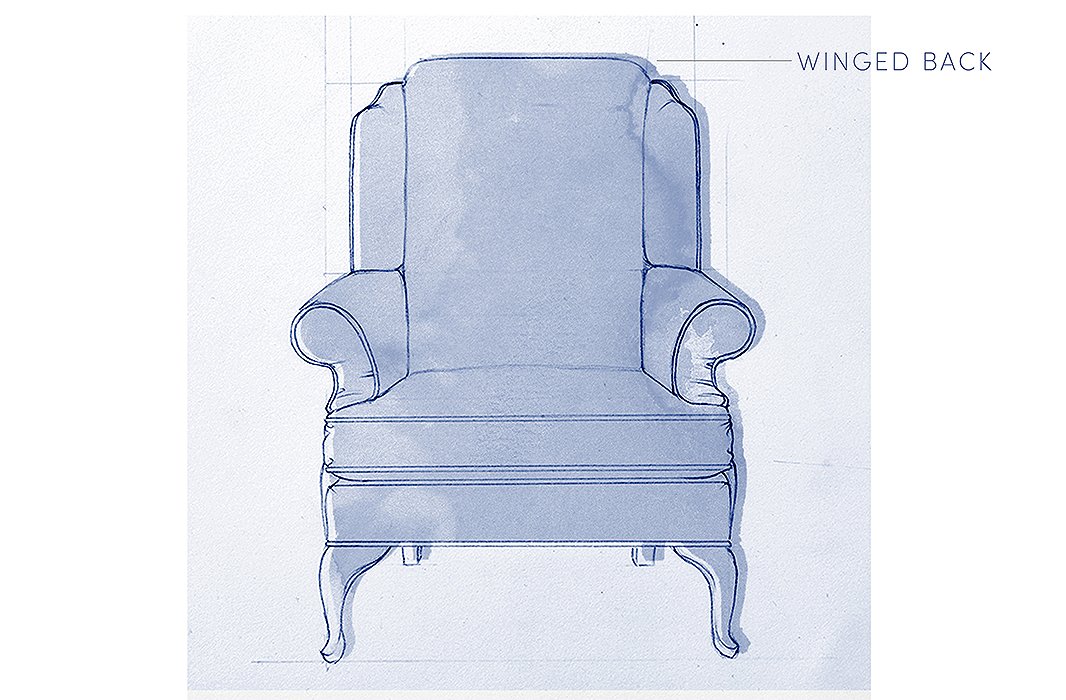
KEY FEATURES: Defined by the large wings that extend up from its armrests, the wingback is sought after for its stately air and often-impressive stature. You’ll find these in living rooms, libraries, and even dining rooms—the thronelike shape is especially striking at each end of a long table.
FUN FACT: In 17th-century English homes, wingback chairs were fixtures by the fireplace: The wings helped trap the heat from the hearth while keeping chilly drafts at bay. While home heating systems have (thankfully) advanced, these chairs still make some of the coziest fireside companions.
Barrel Chair
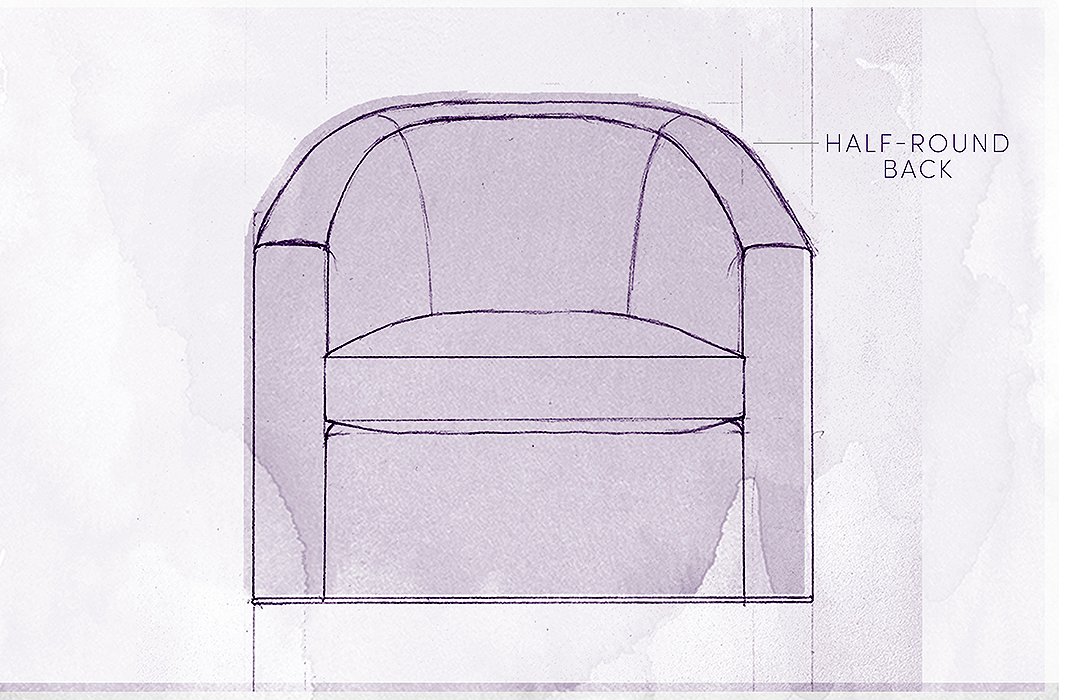
KEY FEATURES: This style of chair features a high, rounded back and sloping arms—a shape that resembles a section of a barrel. Though the name may conjure visions of Wild West saloons, today the look typically veers much more luxe. In jewel-tone velvet, it evokes Art Deco glamour; in smooth linen with tapered legs, it has a sleek midcentury vibe.
FUN FACT: While most contemporary barrel chairs are named simply for their shape, you might stumble across vintage examples crafted of repurposed whiskey and wine barrels.
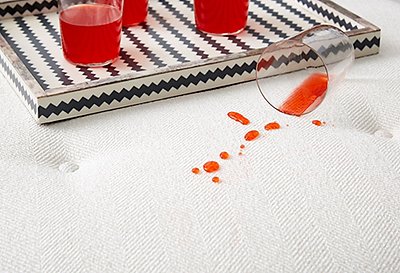
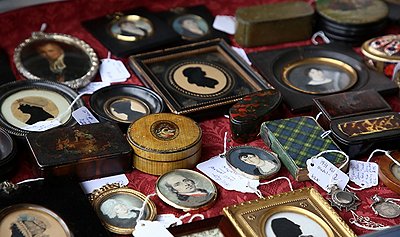
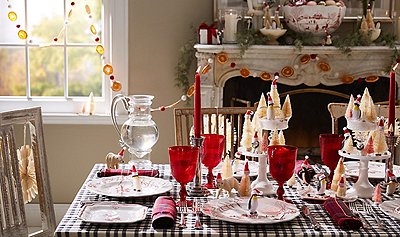
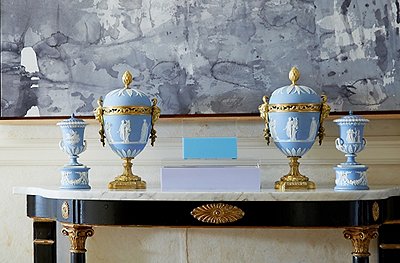
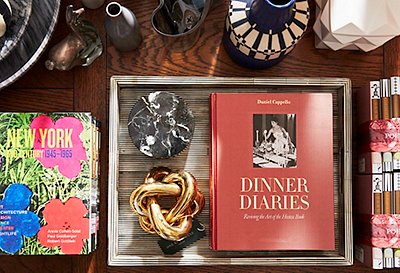
Join the Discussion